Match a Print Seamlessly On Your Quilt Back
Ready for a super simple tutorial on how to match a print seamlessly on your quilt backing using just a washable glue stick? Keep reading!
So, let's have some real talk here for a sec. You're obviously here because you love quilts. You love choosing fabric, cutting up said fabric, sewing the same fabric back together to form a beautiful quilt...you just love quilts in general.
With that said, who here loves piecing quilt backs? Anyone? Bueller....? Bueller...?
Is anyone raising a hand? No? It is definitely one of my least favorite parts of quilting, so I usually try to do it as quickly and painlessly as possible (hello, extra wide backing fabrics and sheets/duvet covers that require no piecing!)
However, there are certain fabrics that are simply too good not to match the repeating design. I'm talking about large scale prints, gingham, etc. These quilt backs need a little finessing and TLC because the extra time to match a print seamlessly along the quilt back will be worth it in the end.
In this photo tutorial, I will show you step-by-step how easy, fast, and effective it is to use a washable glue stick to match up those prints along your quilt backing seams. Ready? Alright, let's go!
Trending patterns!
Supplies
- Fabric with an obvious repeating design
- Rotary cutter, ruler and cutting mat (See Must-Have Quilting Tools)
- Washable glue stick
- Iron (Use code suzyquilts20 for 20% off)
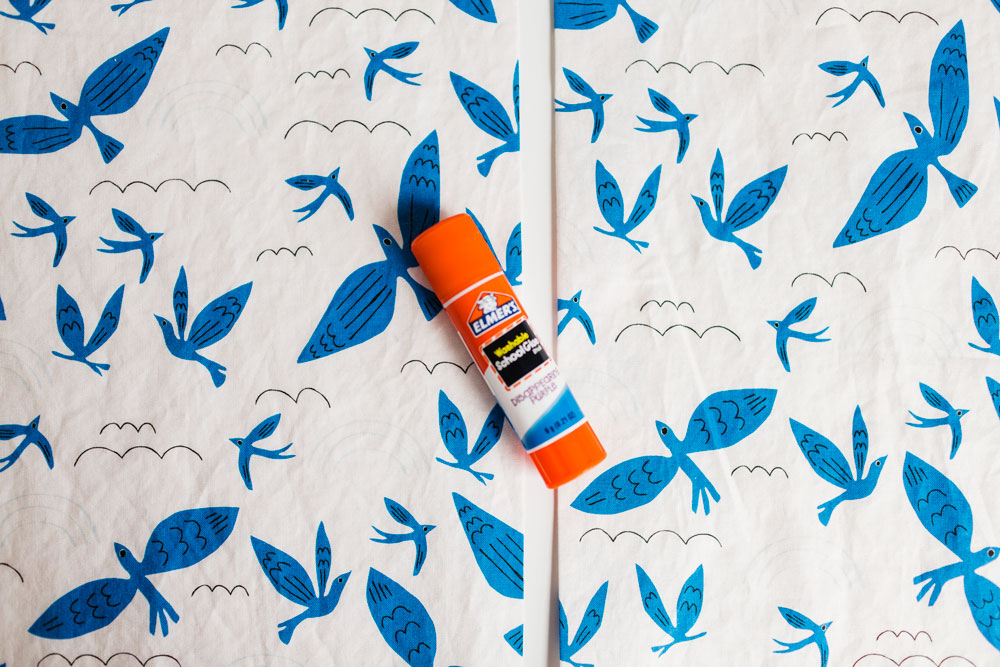
#1: Cut the Backing into the Needed Pieces
For this particular throw quilt, I needed 3 ½ yards of backing, which I rounded up to 4 yards. It is important to note that when using this method of piecing, you'll want to make sure you have an extra 6-9 inches of backing fabric (for both width and height.) I cut that 4-yard piece into 2 separate 2-yard pieces of fabric.
#2: Cut Off the Selvages
Before we get to the fun glue + print matching part, go ahead and trim the selvages off of the two quilt back sections you'll be piecing together. It is one extra step, but I've learned the hard way that the prints on a selvage can show through the finished product if you don't trim them off. So take it from me: this extra step will save you countless hours of staring at the selvage through a completed quilt back and silently cursing yourself.

#3: Fold the Edge
Fold the edge down about one inch along the length of one backing section only. We'll call this piece of backing fabric Piece-1. Press Piece-1 with a hot iron to form a crisp crease.
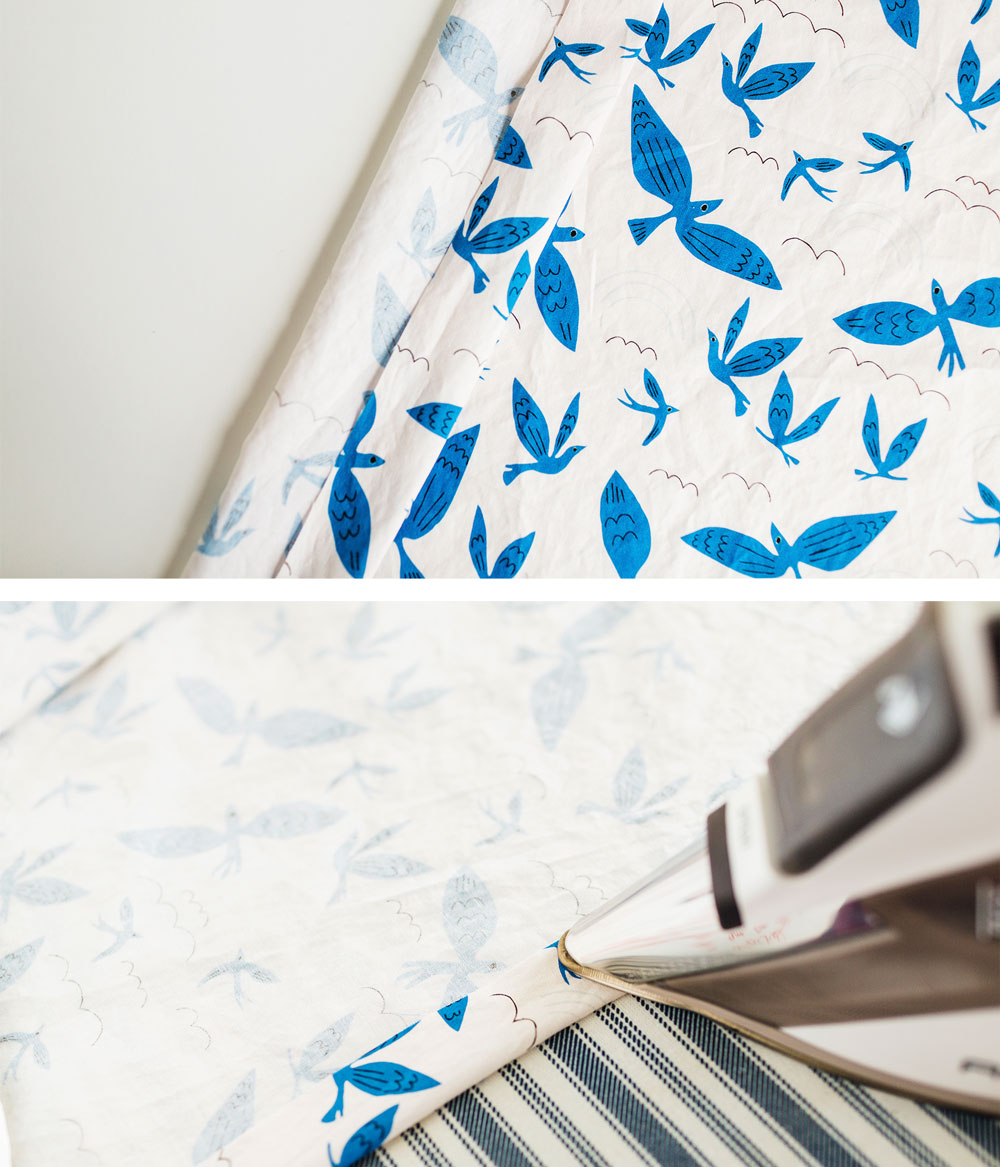
#4: Use Glue to Match a Print Seamlessly
Using a washable glue stick (don't worry, this does wash out of quilts upon laundering), place a thin line of glue along the outside of the folded down edge of Piece-1. (In the picture Piece-1 is on the right.) This will stick to Piece-2.
Next, overlap Piece-1 on top of Piece-2 to line up the print along the crease. Press Piece-1 and Piece-2 into place with your fingers. In the photo below, you can see that that I've lined up the small bird inside the circle. Do this along the entire crease you've folded over.
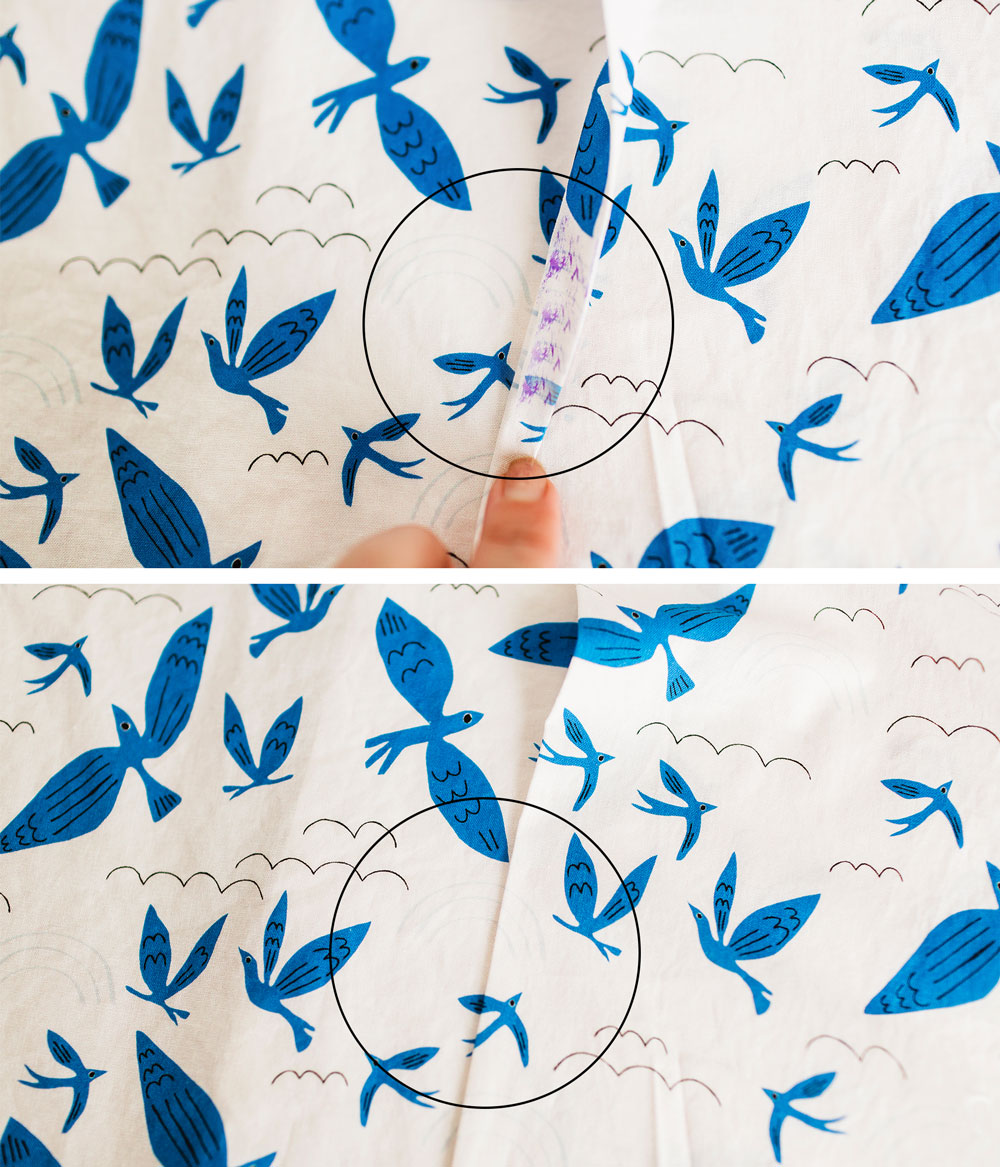
#5: Heat Set into Place
Now that the two pieces are temporarily stuck together, heat set the glue stick with a hot, dry iron (no steam) to set the glue firmly into place.
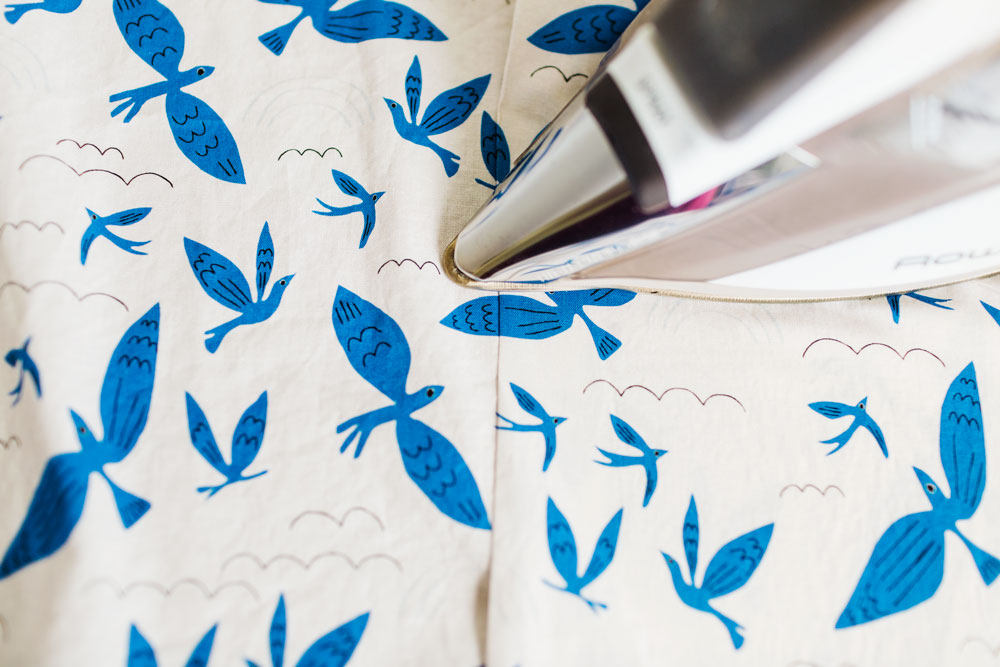
#6: Sew Along the Crease
After heat setting the glue, fold Piece-1 over so that your two pieces are now right sides together as shown in the photo below. Sew the pieces together along the crease.
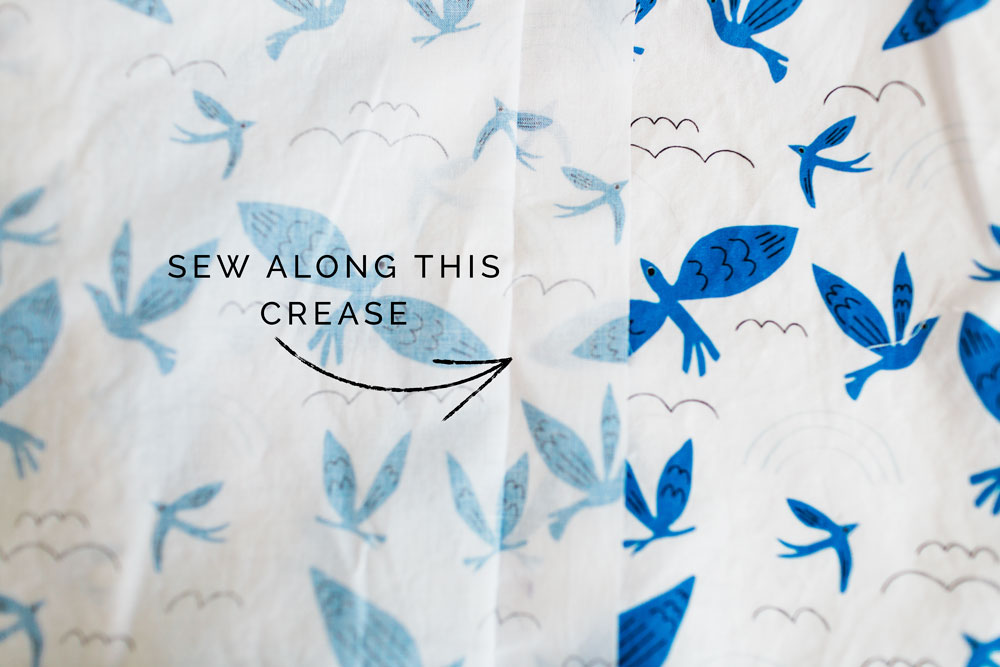
#7: Trim the Seam Allowance
Once you've sewn down the entire length of the crease, trim the seam allowance to ½ inch using a long ruler and rotary cutter. I prefer to use a wider seam allowance on my quilt back seams to make them stronger. The quilts at our house get used and washed often!
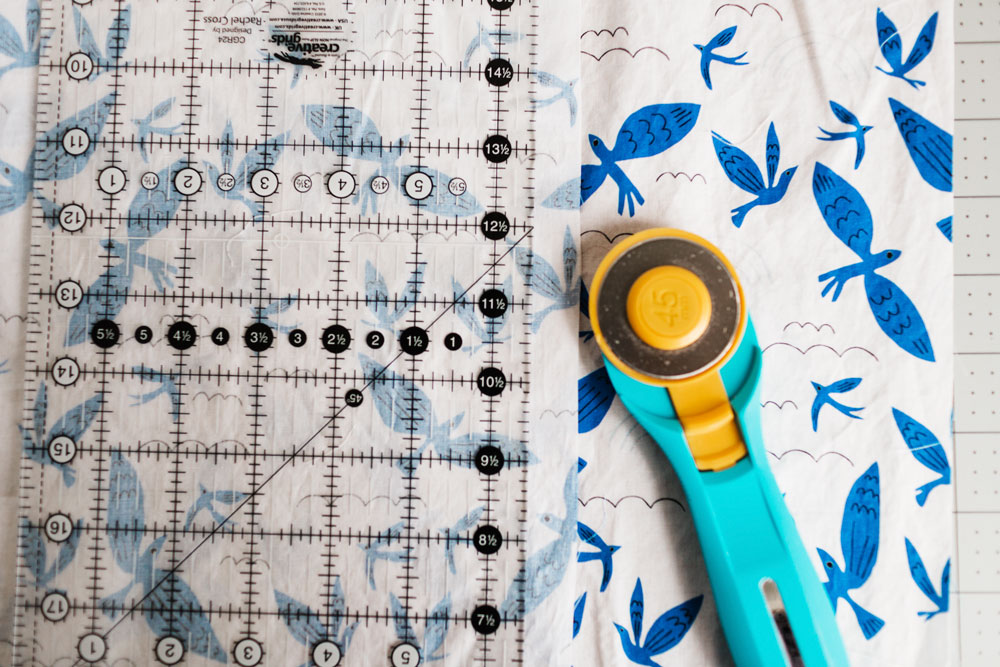
#8: Press the Seam
Take your quilt back to your iron and ironing board one more time to press the seam. I like to press my seams open, but you can press them to the side if you don't want to peal apart the glued seam before you press. And like I said before, all of the remaining glue residue will wash out when you wash your quilt (as long as you're using a washable glue stick.)
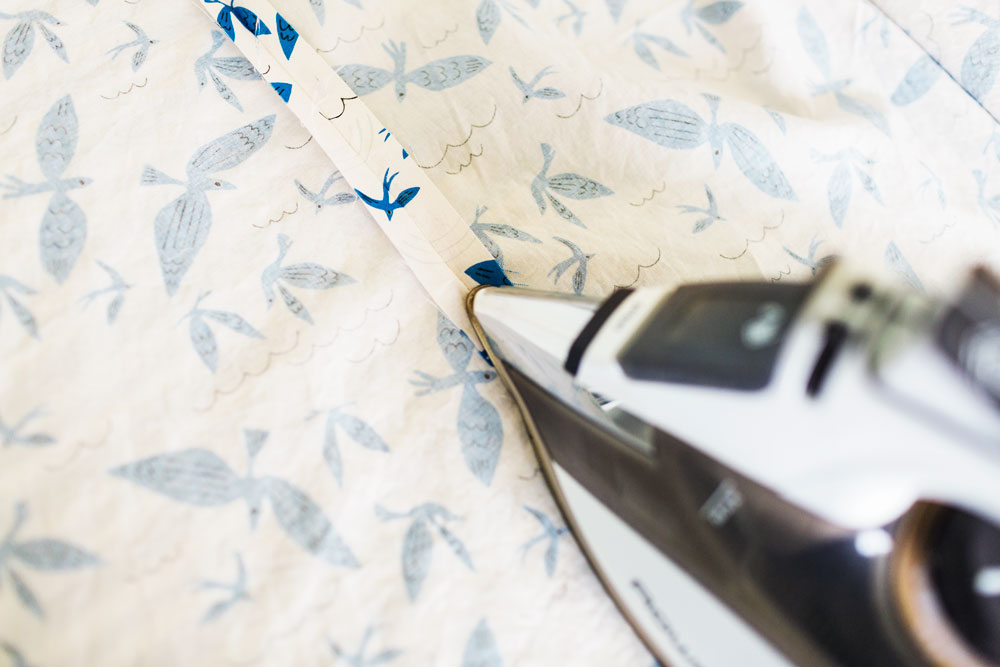
#9: Admire Your Seamlessly Matched Prints
That's it! Your quilt backing now has (nearly) perfectly matched seams! I always find this method to be well worth the extra time; it always looks fantastic! I'm so glad I took the time to match up these sweet birds and rainbows.
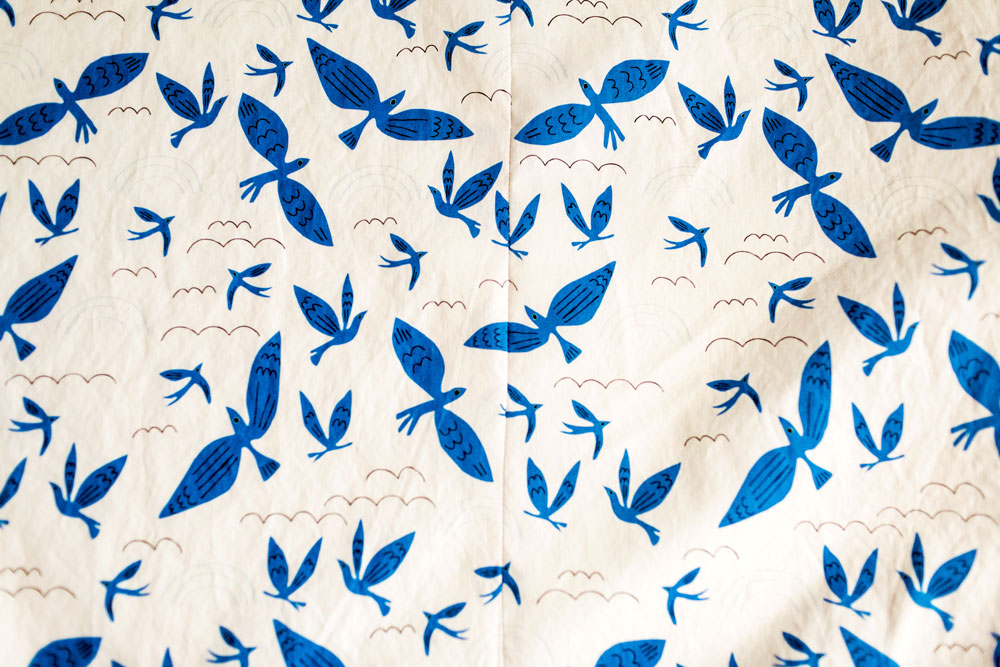
So--what do you think? Have you tried this method before? If not, I hope this was helpful and that you'll try it soon! It's a fast, efficient way to match a print seamlessly.
For more ways washable glue can be helpful during the quilting process, check out this complete guide to glue basting seams!
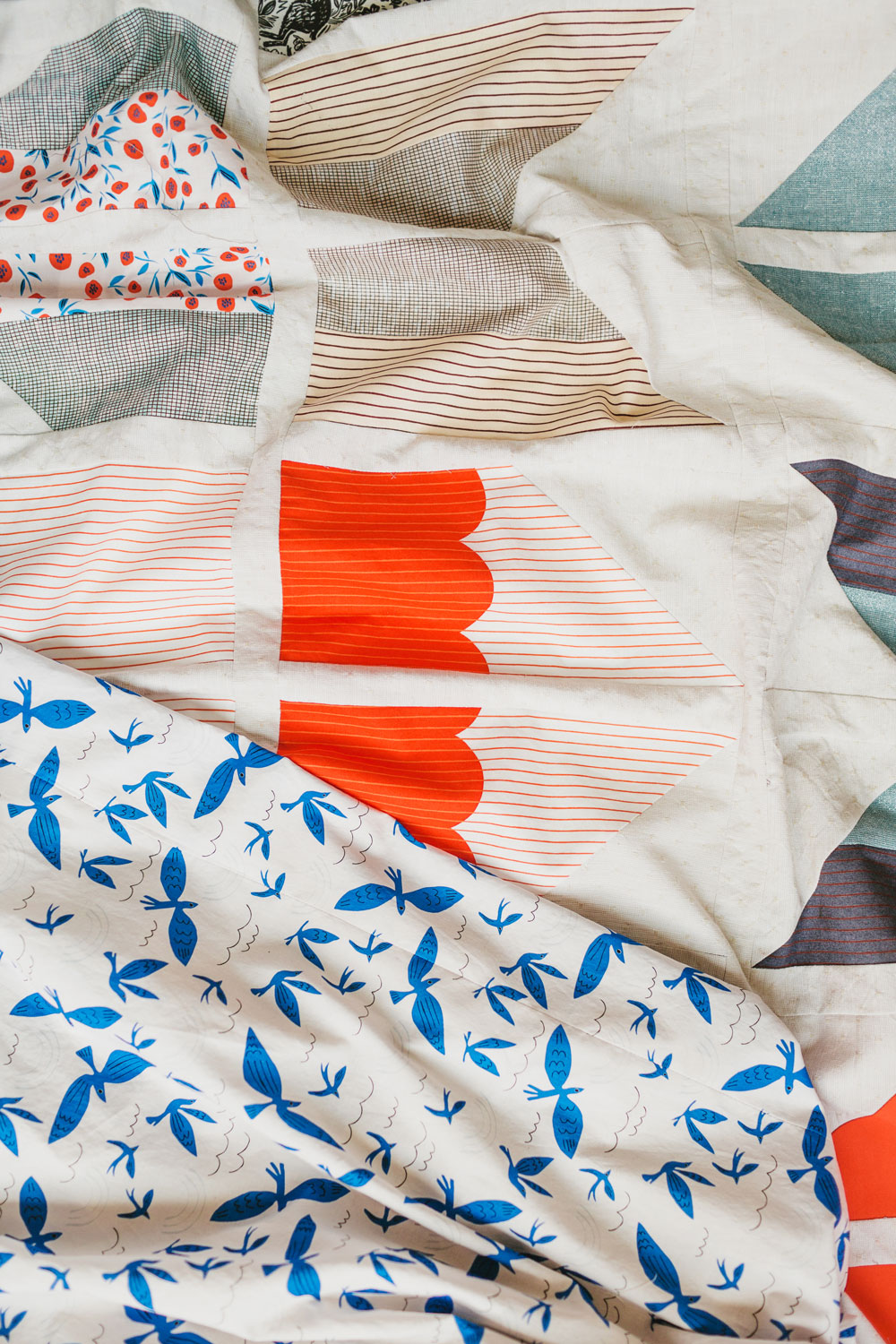
SQ Favorite Quilting Notions!
- How to Choose the Right Quilt Batting
- The Best Sewing Table
- The Best Quality Thread: Part 1 and Part 2
- 5 Best Cutting Mats for Quilters
- Best Rotary Cutter
- The 4 Best Quilting Rulers
- The Best Iron for Sewing
- The World's Best Sewing Scissors
- Your Guide to Finding the Best Thimble
- Best Pins for Quilting
- The Best Quilt Marking Tools
- Fusible Batting Tape: Why You Need It and How to Use It.
- 8 Things You Never Knew About a Tailor's Clapper
- 5 Types & Sizes of Hand Quilting Needles
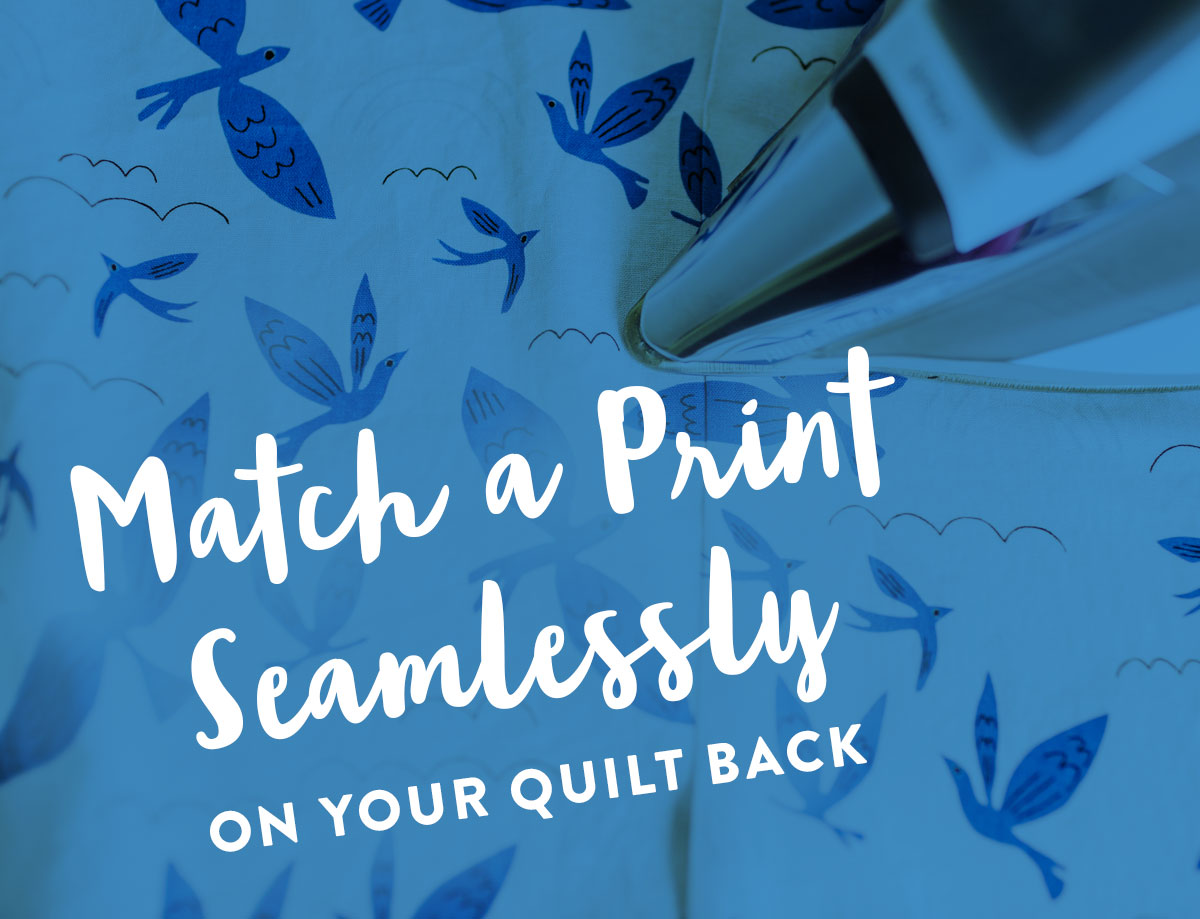
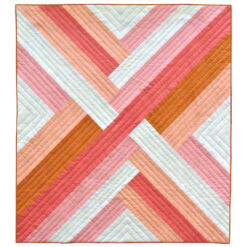
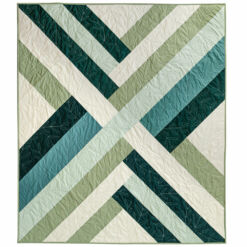
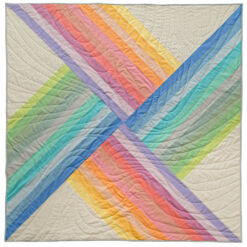
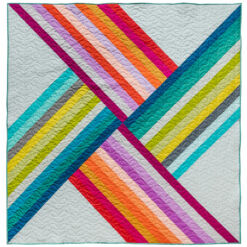
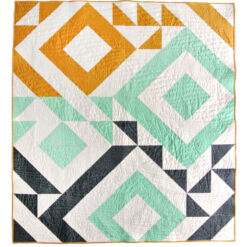
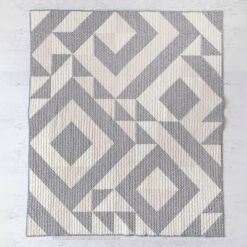
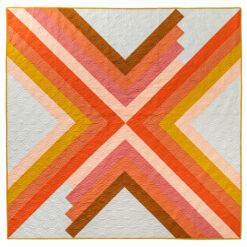
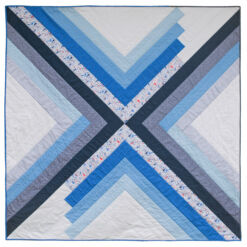
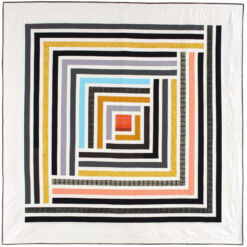

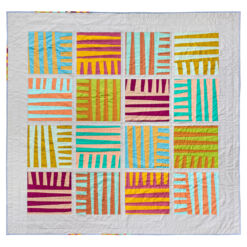
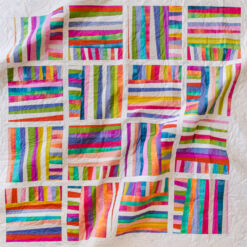
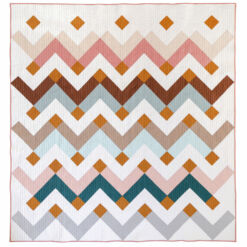
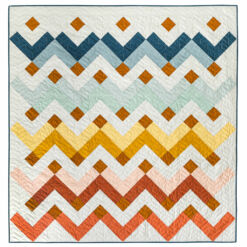
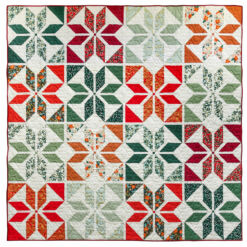
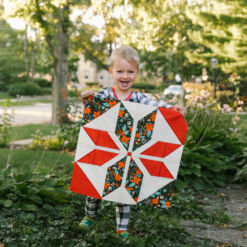
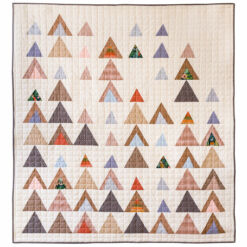
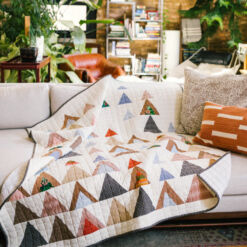
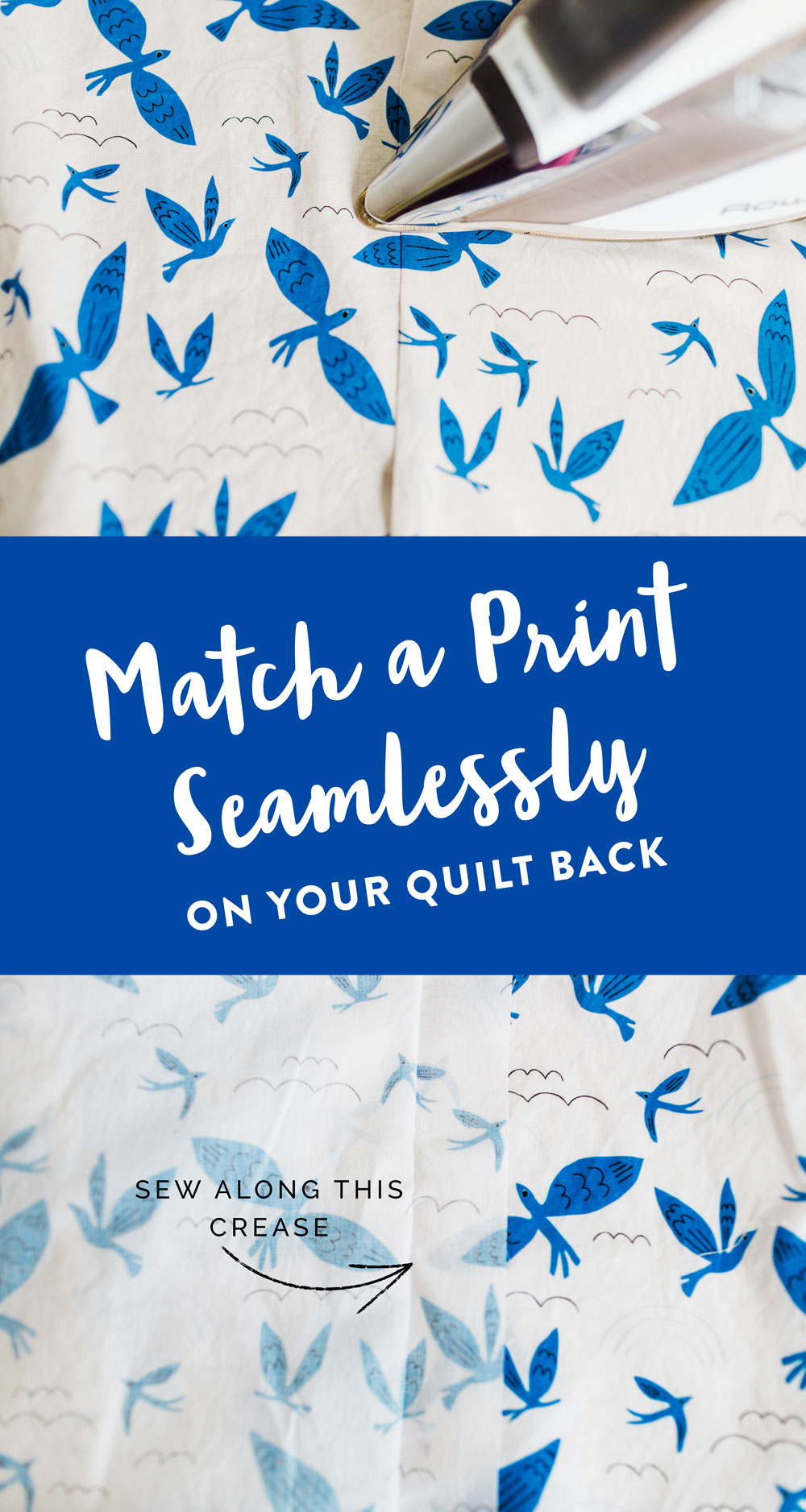
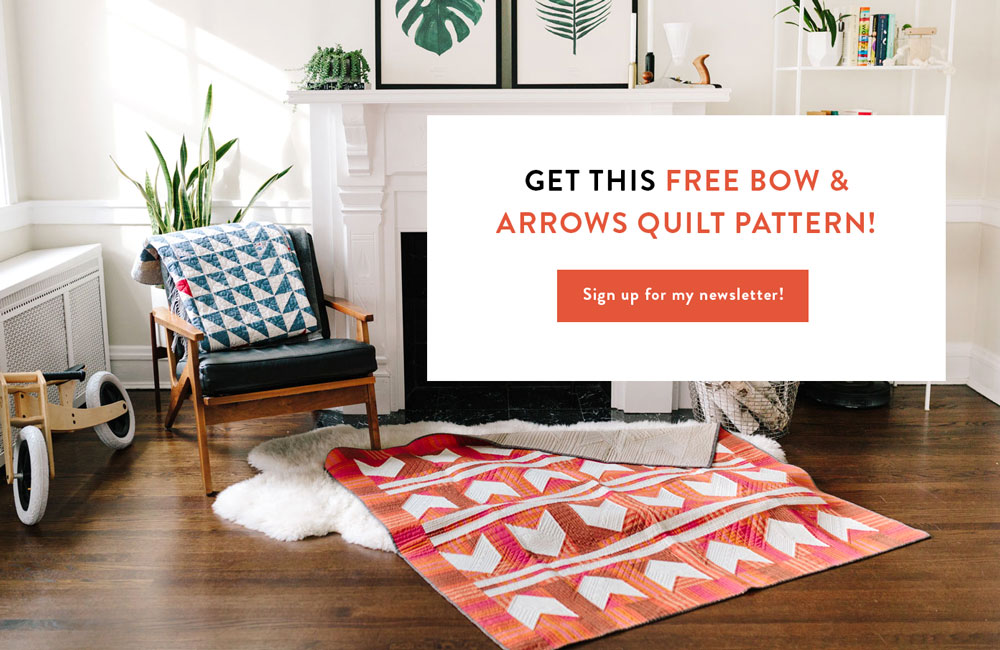
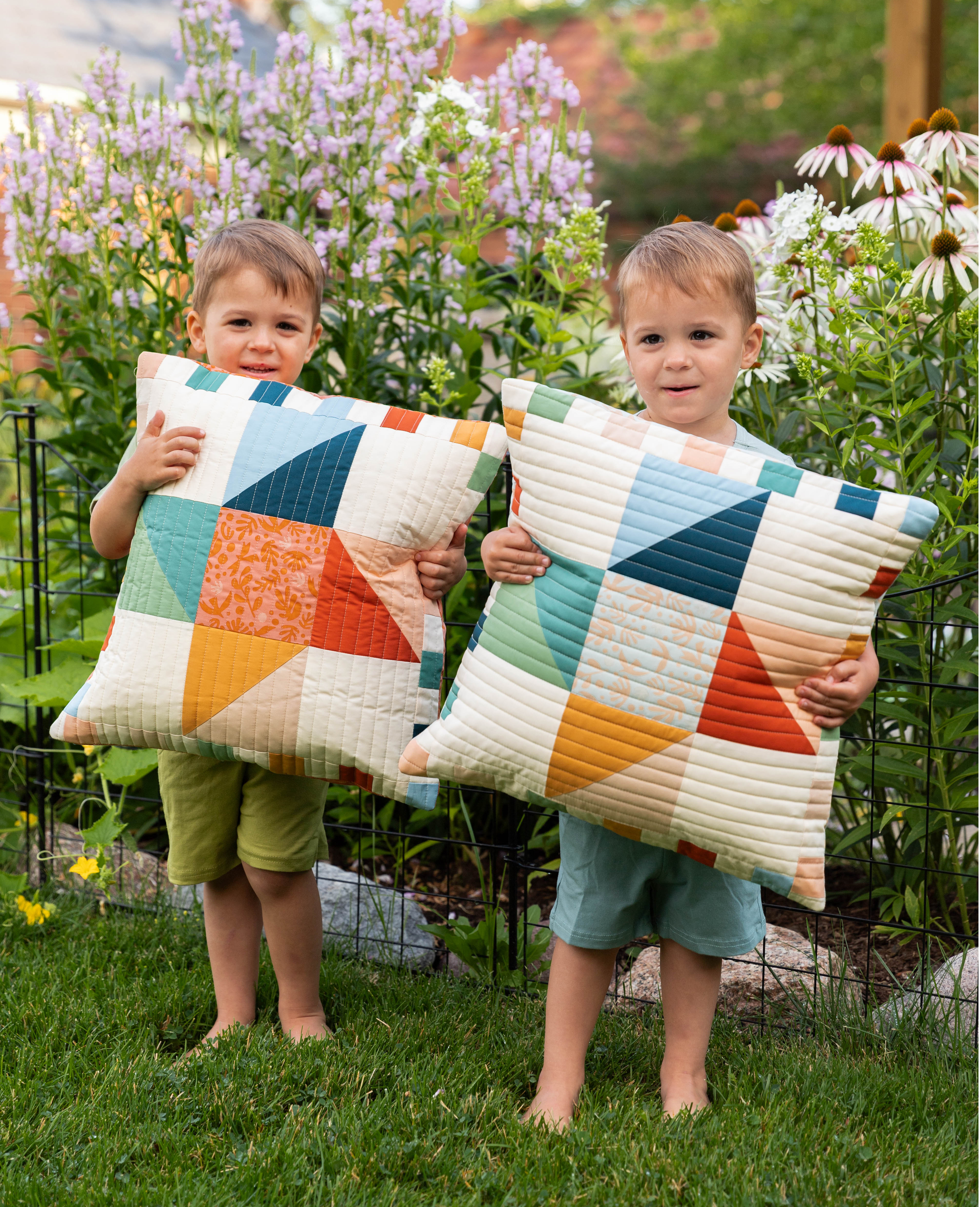

Thank you! Need a tutorial on any tips for centering pieced backs. Example—if you use leftover blocks from the front and sew them together in a rectangle and place them between 2 pieces of fabric to get your width. Any easy ways to keep the rectangle centered as you sandwich your quilt?
I think the most accurate way to do that is to cut your batting the exact same size or smaller than your backing fabric so you can see the edges and measure the distance from each side. Centering should be pretty easy if you can see the size of the backing.
Could the same glue stick be used for glue basting seams?
It sure can!
This is a great tutorial. Thanks!
does the glue somehow transfer to the needle/sewing machine and somehow muck it up?
I have not experienced that, mostly because when I glue I just do small amounts on the very edge. There usually isn’t any glue where I’m sewing.
I have a question. I thought I glued in the correct spot, but then I couldn’t lay the seam flat (the two sewn seems were glued together. I was wondering if this was what was supposed to happen or if I did something wrong?
Are you wondering about ironing your seam open? I think it’s easier to iron seams that have been glued together to the side rather than open.
Thank you. I was hesitant to use the glue but went ahead. This method worked like a charm! And the best thing, once I cut my seam down to 1/4″, most of the glue was cut right off! Thank you!!!! XXOO
Thanks for this info, Suzy. I went to the quilt shop to purchase border fabric, the one we aggreed on has birds on it. In my enthusiasm I purchased the right amount to fussy cut, tons of joins, seemed like a great at the time. Now I have the courage to open the package &
look at it. I hope.
I tried this over the weekend – it worked!!! I was really pleased with the outcome. A couple of things I learned, don’t glue the entire edge at one time, it dries before you can have it in place to match and iron together (but it didn’t hurt anything to add more glue as I went along). And don’t be afraid to use a fair amount of the glue stick, it truly was not messy and in a couple of places I had not used enough and the two pieces of fabric did not stay together.
Thank you Suzy for sharing such helpful techniques!!!
This is magical 😍
This technique worked like a champ! I had already pieced my backing and wasn’t happy with it… I ripped out the seam and tried this. So fast so perfect!! Thank you!!
I have been sitting with my backing fabric for months because I dreaded the matching. I should have read this back then! This took me maybe 30 minutes and it is near perfect! Thanks for sharing!
Whew, great instructions, so now, I will go try this method! Thank you thank you thank you!
I’ve never pieced a back before, I always avoided it because I was afraid to mess it up but today I gave it a go with these instructions and wow I am so so delighted with the result! Thank you so much for these clear instructions. I won’t be afraid of piecing backing any longer!
Suzy!! This technique is brilliant!! The large print matched up perfectly!! Thank you so much for this!! 🙂
Thank you for this tutorial. I followed your instructions step by step and my backing came out perfect. Thank you, Thank you, Thank you
I have this thing about matching prints to anything I have sewn, quilts especially. My method is similar except no glue, I use pins 1st on the outside to secure the print then one by one, I move the pins to the inside and sew along the fold line. When you open your seam, how do you remove the glue to press the seam open? or are you washing the back fabric next before finishing the quilt?
Hi Cynthia! The glue is a washable glue stick which will come out when your finished quilt is washed. No need to wash the back before quilting!
When ironing seams open, what happens to the bottom of the iron if there is any glue left on the 1/2” seam? Thanks.
If you get glue on your iron, you will need to clean it off once the iron is completely cool. I haven’t had a problem with it ruining fabric.
Wow love this! I have tried other methods and inevitably there are a few oops I missed this spot. Thanks Suzy your help is so appreciated.
Not to worry about the glue…it washes out… 🙂
I’ve spent a fortune on my fabric and to get the pattern match I will loose 7 inches on he width of the fabric 😝 I wish they would say the amount for matching before you buy I’d only taken in to account the horizontal repeat not the vertical repeat ….
What a great way to make a beautiful quilt backing! Is this beautiful quilt pattern available on your website? Also love the fabric but do not recognize it.
Yes, and thank you! This fabric is an older print so it will be hard to find. It’s called No Place Like Home – Blue Birds Fly by Leah Duncan from Cloud9 Fabrics. The pattern is a collaboration pattern that you can now purchase at wren-collective.com/
Genius!! So simple and it works!
Thanks as always ! I wanted to match up the trim pieces on my first baby quilt (grandbaby in my future) and I thought I remember Suzy had post! Yay!
I had an idea of what I thought I’d do, but your glue idea is a game changer !
Love this tutorial!!! Definitely keeping it front and center!
Do you know of any rotary cutters for left handed people? I’ve found that these cutters have an edge that gets in the way of seeing the blade especially when using a ruler. Thanks!
Hmmm….I can’t say from personal experience because I’m right handed, but when I google left-handed rotary cutters, a few nice looking ones come up.
Thanks so much Suzy!, I recently finished a quilt for a graduation gift. I chose a large horse print for the backing. I looked up your instructions and followed them to a “T” and got perfect results…definitely be doing this every time with a printed backing.
How do you keep your lines straight on the backing while making the “sandwich “?
Do you mean the seam from attaching the two sides together? It’s sewn in place and if you baste well, everything should stay in the same place! Here’s a link to a basting tutorial: https://suzyquilts.com/how-to-baste-a-quilt/
Just tried this for the first time–it worked like a charm! Thanks Suzy!
Thank you so much for the awesome tutorial. After more than 120 hours putting together a quilt top for my daughters 30th birthday I was a bit stumped about joining together the intricate design for the quilt back. I found your tutorial and within 45 minutes I had my fabric joined together PERFECTLY! Thank you so much!! I’ve learnt a brand new skill and now it’s time to get quilting 🙂
Yay! I’m so happy to hear it 🙂
Thank you so much for this tutorial. I use it every time I prep a quilt back, and I figured it was time to say thanks. You think I’d have the process committed to memory by now, but nope! I guess it means I can always count on Suzy to be here when I need her. Thanks again!
Always here for you! 😉